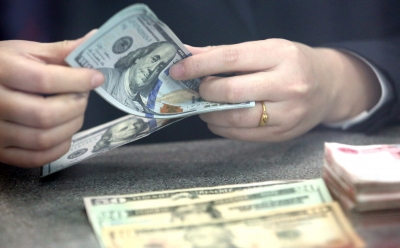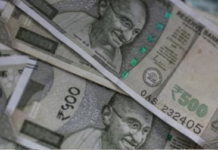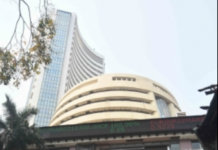New Delhi– India’s foreign exchange reserves stood at $691.5 billion as of May 30, providing enough cushion to cover more than 11 months of goods imports and approximately 96 percent of the country’s outstanding external debt, Reserve Bank of India (RBI) Governor Sanjay Malhotra said on Friday.
Despite a $1.2 billion dip in the most recent week—which ended an eight-week streak of rising reserves—the overall forex position remains near record highs. In the previous week ending May 23, reserves had surged by $6.99 billion to reach $692.72 billion.
The fluctuation in foreign currency assets (FCA), the largest component of reserves, reflects changes in the value of other currencies held in the basket as they appreciate or depreciate against the US dollar. As of the latest data, India’s FCA stood at $586.17 billion.
“India’s external sector remains resilient, with key vulnerability indicators showing steady improvement,” said Governor Malhotra. “We are confident in our ability to meet external financing needs.”
India’s total forex reserves are not far from the all-time high of $704.89 billion, recorded in September 2024. So far in 2024, reserves have grown by more than $20 billion.
The RBI also highlighted rising net inflows in external commercial borrowings (ECBs) and non-resident deposits, signaling continued investor confidence in the Indian economy.
In a broader trend among central banks globally, the RBI has been steadily increasing its gold holdings as a hedge against geopolitical and economic uncertainties. India’s gold reserves currently amount to $83.58 billion. Since 2021, the gold component in the RBI’s reserve portfolio has nearly doubled.
A strong foreign exchange buffer plays a crucial role in stabilizing the Indian rupee. When currency volatility strikes, the RBI can intervene in both spot and forward currency markets by releasing dollars, helping to prevent sharp depreciation of the rupee.
Moreover, robust reserves are a signal of macroeconomic strength, reassuring markets and investors alike. They also offer greater policy flexibility for the central bank to manage external shocks and maintain currency stability.
Meanwhile, India’s external sector performance continues to show strength. According to data from the Commerce Ministry, total exports of goods and services rose by 12.7 percent in April, reaching $73.8 billion—up from $65.48 billion in April 2023. This growth comes despite ongoing global headwinds, including rising U.S. tariffs. (Source: IANS)













